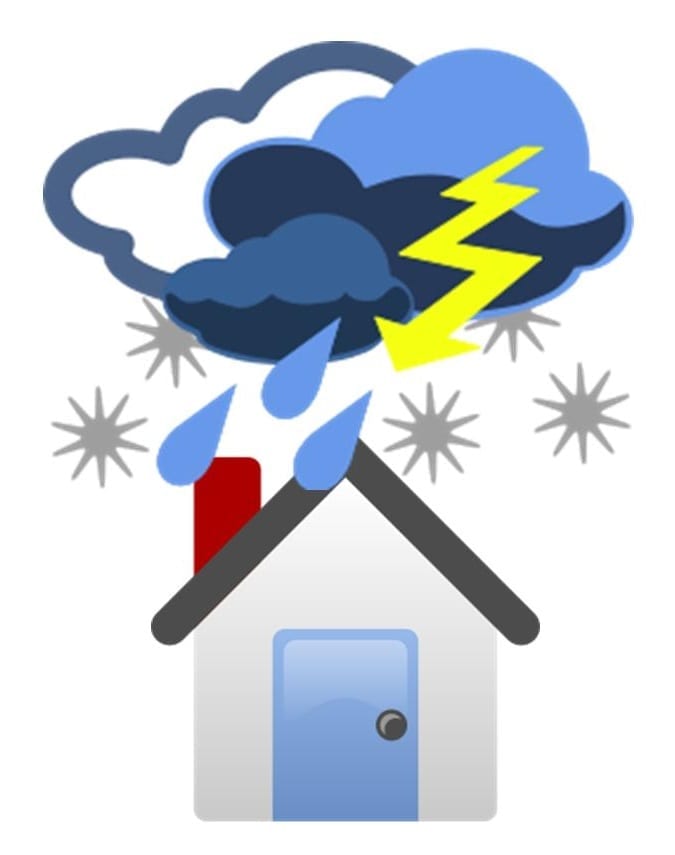As the season comes to a close, issues with water are starting to fall into the spotlight of the industry.
Consumers are being advised to start looking at their home insurance coverage so that they know exactly what protection is available to them as the threat of water damage increases from a number of different sources as the late winter begins its onslaught.
The late months of the season frequently bring a high risk of water damage along with them.
While some of these water related perils are often covered by homeowners insurance, others are not. Therefore, it is very important for property owners to review their coverage and know exactly what protection they have and, if necessary, update it so that they are protected. It is also important for this action to be taken immediately, as some forms of coverage do not become effective right away, but instead have a waiting period, such as 30 days.
A recent homeowners insurance report from the I.I.I. has revealed considerable insight into this issue.
The Insurance Information Institute (I.I.I.) report looked into the home insurance issue presented by late winter water problems, and has been providing recommendations to consumers that is meant to be helpful to both property owners and to renters. This water comes from the melt of heavy snows, or even the considerable rainstorms that tend to occur in the late winter months as the temperatures step just above freezing. These can impact homes in different ways.
According to the I.I.I. senior vice president and consumer spokesperson, Jeanne M. Salvatore, “Even a small amount of water can cause serious damage to your home,” going on to say that “That is why it’s important to have the right type and amount of insurance, including flood insurance.”
The I.I.I. explained that the typical home insurance policy – as well as the typical renters or contents policy) offers coverage against water that “comes from the top down.” This includes both snowfall and rainfall. However, when the reverse is the case, a separate policy would be required for coverage, for instance, in the case of streams and rivers that overflow.
